
Developer: Splashteam
Publisher: tinyBuild
Platform: Switch, PC, PS4, PS5, Xbox One, Xbox Series X|S
Tested on: Switch
Tinykin – Review
Heads up: it’s going to be impossible to talk about Tinykin and not mention the Pikmin series, as it’s clear from the get-go that developer Splashteam took heavy inspiration from those games. After having spent some time with Tinykin itself, however, we can say that that comparison is actually unfair, as there is a lot more to the game than you’d expect from its trailer. Granted, the fact that the aforementioned comparison is unavoidable can be blamed on the developers. We’re here to convince you that Tinykin is the perfect example of the old expression that you shouldn’t judge a book by its cover. Read on to find out why you should give Tinykin a chance.
Story
Stop us if you’ve heard this one before: a small astronaut has crash-landed on Earth, in an environment that would look normal to us but is oversized to him. That environment? A typical human house in the ’90s. He must enlist the help of tiny colorful creatures in order to overcome obstacles, repair his ship and return home. So yeah, straight off the bat, Tinykin’s initial setup is very similar to that of Nintendo’s acclaimed Wii title. Granted, both games take on a very different approach in how the plot unfolds and although the base premise is the same, Tinykin manages to create an identity of its own, through a quirky cast of chatty insect characters and a very likable protagonist, the astronaut Milo. We won’t spoil too much of the plot but it turned out that there was a lot more depth to what we initially were expecting. All we’ll tell you is that the insect cast is worshipping the house’s inhabitant as if he was their deity.
Graphics
By juxtaposing cartoony 2D characters against fully realized 3D environments, developer Splashteam has created a striking visual style that perfectly captures Tinykin’s cheerful atmosphere. The game isn’t filled to the brim with visual details, instead striking the right balance between the simplistic cartoon aesthetics and adding just enough to the environments to prevent them from looking too empty. Visual performance is great as a result and we experienced no noticeable hiccups in terms of framerate, although the Switch version of the game did seem to lose out on some visual fidelity compared to the footage we’ve seen from the PlayStation and PC versions. The interface is deliberately kept as clean as possible too, and more often than not there won’t even be text or button prompts on the screen at all.
Sound
The carefree atmosphere that is ever-present in Tinykin also translates into the game’s soundscape, with a cheerful soundtrack that matches the cartoon visuals. There is voice acting present but as a huge portion of the cast consists of insects (and they can’t speak the language of humans), the majority of what you’ll hear is simply gibberish. This didn’t bother us as much as it did in some other games -in fact, it made perfect sense here.
Gameplay
At first glance, Tinykin’s similarities to Pikmin aren’t just limited to its story but also to its core gameplay. After all, you’re amassing an army of tiny creatures to help you overcome environmental obstacles in a giant version of our own world. Yet, we’d hesitate to call Tinykin a ripoff, as there is far more to the game than simply being a reskinned carbon copy of Olimar’s adventures. We can’t ignore the similarities -and we’ll get back to them- but before we do, we should probably point out that Tinykin is actually a 3D platformer that in practice shares more similarities with something like Chibi-Robo than it does with Pikmin. Even that comparison is selling the game short, as the final product feels imaginative and unique.
The game’s focus lies on Milo himself, in spite of the game’s title. Players take direct control of this enthusiastic explorer as they explore the vast environments of a regular human household. Oversized household environments like this aren’t anything particularly new or innovative, of course, as we’ve recently seen in games like Metamorphosis and Time Loader but Tinykin does bring one of the best renditions of this concept to the table. The rooms are a joy to explore, with tight controls and a relatively stress-free experience where the focus is on exploration. The only gripe we had with the platforming parts of the game was that our hero is a 2D character exploring a 3D environment, which translated into some issues with depth perception and making it difficult to time a jump across a gap directly. New ways of travel are gradually unlocked, from being able to skateboard on a bar of soap to hovering short distances on a bubble, and these travel methods open up new paths in the environment.
Exploration is key in Tinykin as the titular creatures are scattered throughout the various levels and Milo has to find and free them from the crates and eggs they are trapped in. Once this is done, they’ll follow our hero around for the duration of the level, performing whatever tasks they are assigned. There are five different, color-coded Tinykin types but you won’t have to worry about which Tinykin does what as the game automatically selects the right ones for each task, whether it’s constructing a bridge, building a ladder, or creating electric connections. The challenge lies in ensuring you have collected enough of the little critters to overcome these tasks, which is where exploration comes in. There is no combat present in the game, so you won’t be sacrificing Tinykin to save your hide, but given how limited their numbers in each level are in the first place, that’s probably a good thing.
The absence of any sort of combat -or any kind of antagonist at all for that matter- may make it sound like Tinykin doesn’t pose any sort of challenge, but this is far from the case. The game focuses on accessibility and simplicity to bring a frustration-free experience to players, with the fun coming from exploration and solving environmental puzzles. On paper, that might sound like a mundane or even boring experience; in practice, Tinykin is a joy to play, not in the least thanks to innovative level designs and a fantastic cast of NPCs that infuse the game with humor. Nothing about the game feels superfluous or like it was added to pad the game’s length. Instead, you get a tight, streamlined experience without any downtime whatsoever, and the game never feels like it’s overwhelming you with information.
Playing through Tinykin’s main story takes roughly five to six hours, though if you’re a completionist, you’ll be able to double that if you want to complete every side quest and collect every bit of pollen -which is used to upgrade your hover bubble. Granted, that still might seem like you’re not getting a lot of mileage out of the game’s €24.99/$24.99 eShop price, but this is one of those rare cases where the overall experience is so fun and addictive that we’re actually going to recommend biting the bullet rather than waiting for a discount. It’s a matter of quality over quantity, and we have no doubt that Tinykin will put a smile on your face while you’re playing through it.
Conclusion
We were initially misguided by the superficial similarities between Tinykin and Pikmin -which is an easy assumption to make- so we were very pleasantly surprised to find what the game actually had to offer. Granted, this is a game that is hard to give credit for how fun it is without trying it out for yourself and the high price tag might be a deterrent to do so. Fortunately, you don’t just have to take our word for it as the game also has a free demo available. We’re really going to urge you to let the game itself convince you of its merit, so if you have an hour to spare, give Tinykin a shot -you’ll thank us later.
Tinykin - Review,
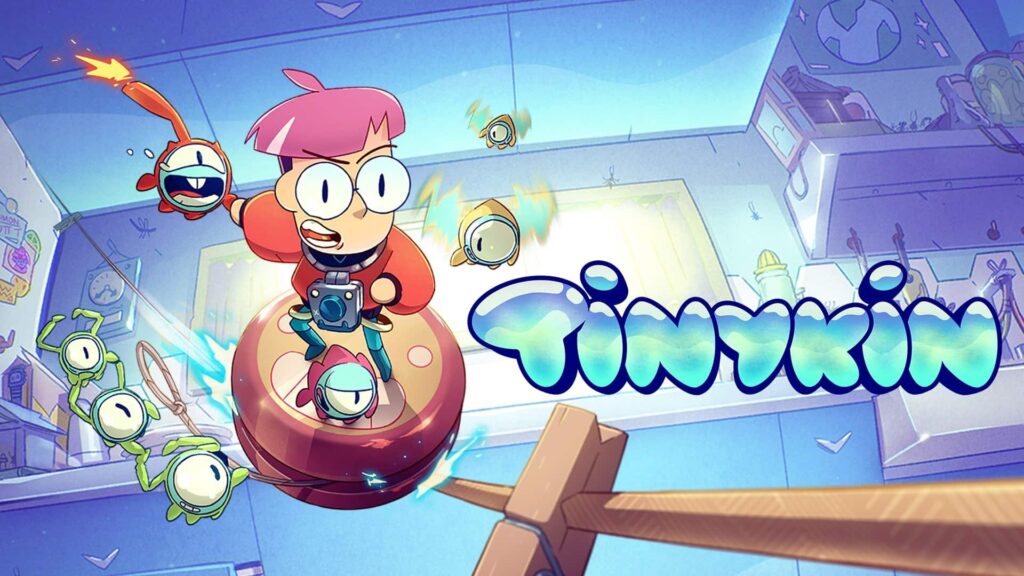
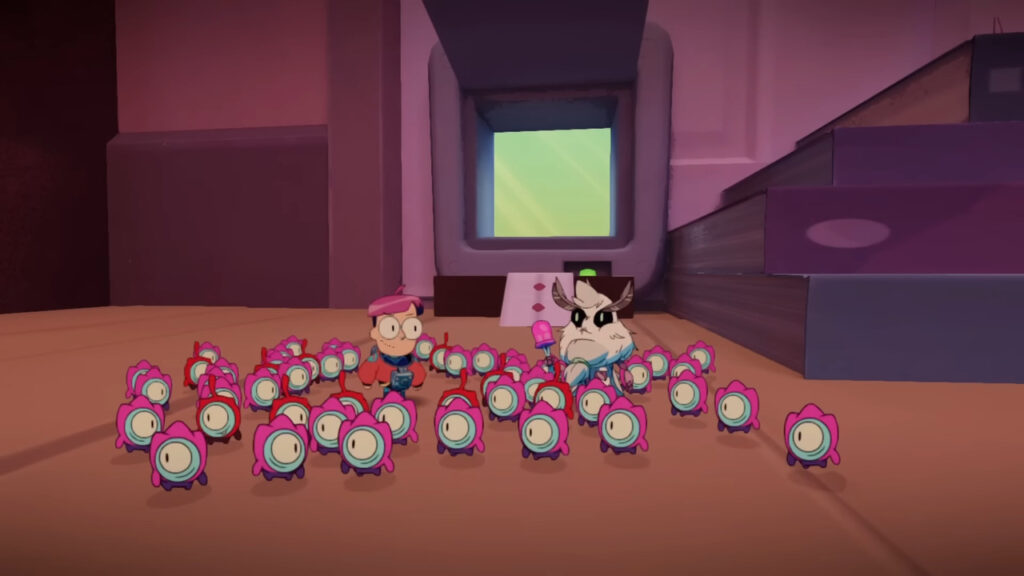
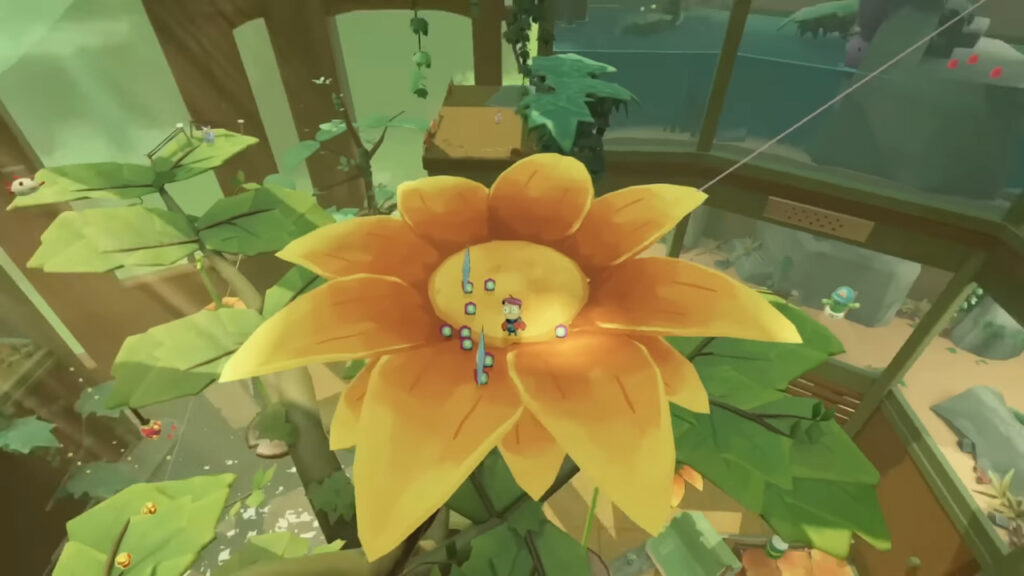
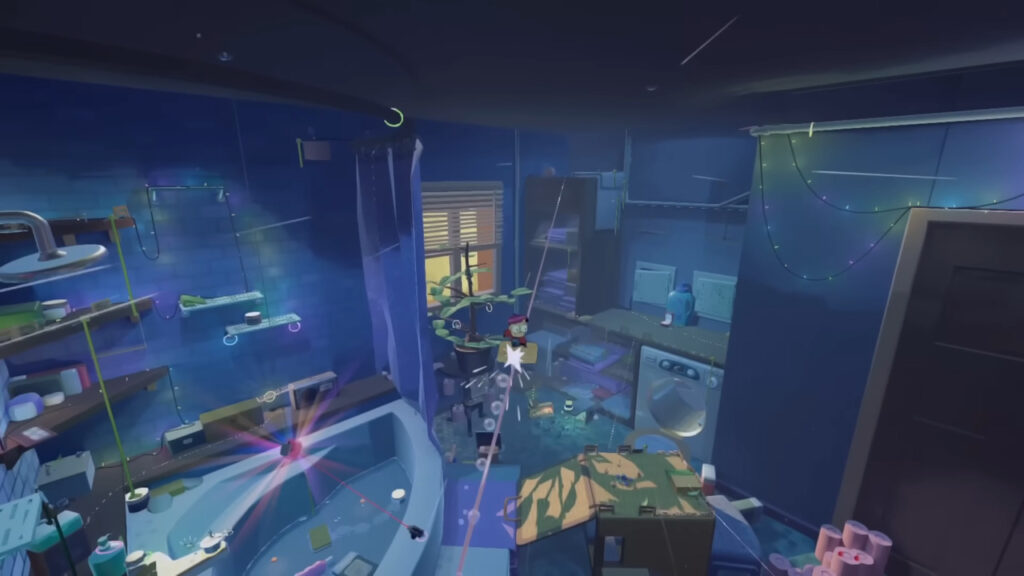
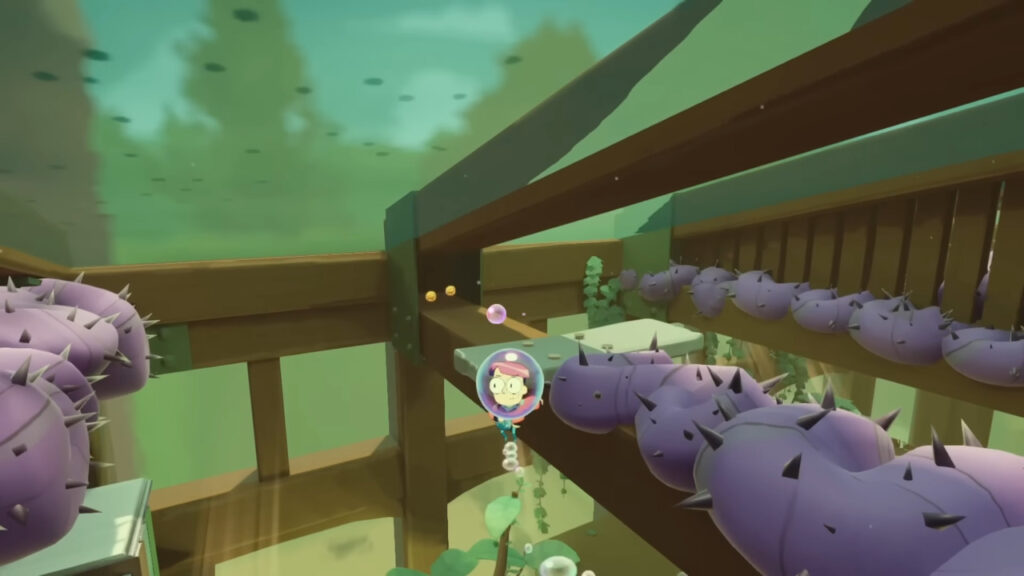




No Comments